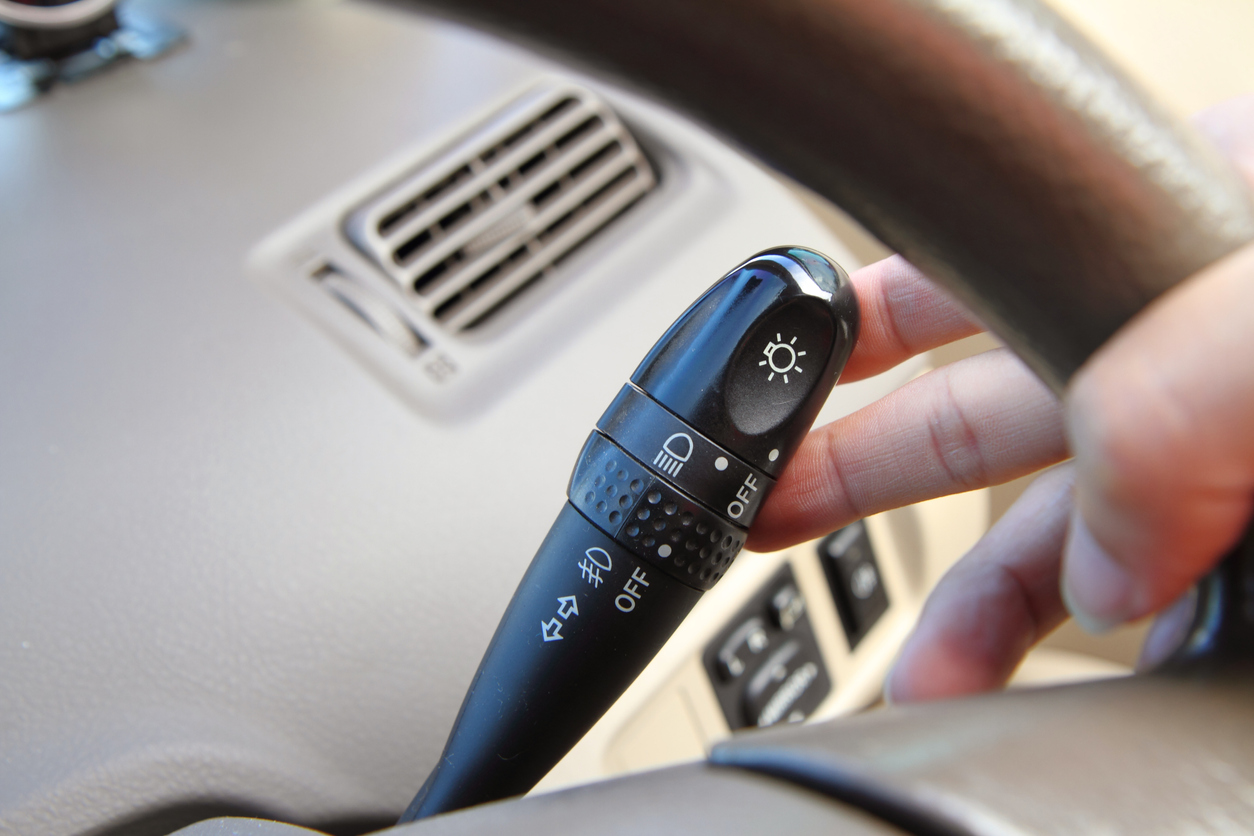Dec 17, 2019

Indicator lights are amber in colour and can be located at the front, rear and occasionally at either side of the car. We need our indicators to show an intended change of direction, whether you’re turning left or right, moving out of or joining traffic. You always need to use your indicators, especially when sharing the road with other road users (cyclists and pedestrians included!).
Use them in good time, giving other road users plenty of time to react and adapt to your signal. Once you have completed the manoeuvre make sure the indicator has cancelled, as you don’t want to confuse other road users.
By law, working indicators are a must. If you’re up for MOT with faulty car indicators, prepare to fail. If you get stopped by the police, prepare to fail your safety inspection. It’s not an expensive issue to repair compared to other car-related issues.
There is no doubt that failing to indicate when turning is a common cause of road accidents. To prevent getting yourself into an accident, you need to replace your indicator bulb as soon as you realise it isn’t working. As we mentioned, indicator issues are amongst the easiest to diagnose. After all, they will either work or they don’t. More modern cars will let you know if you have a bulb out.
If they stop working completely or blink rapidly, these will be symptoms of two issues; a broken indicator relay or a dead bulb. Indicator bulbs are fairly inexpensive, and it won’t cost a lot to buy some as means of troubleshooting the issue.
If you need to get new indicator bulbs, the average cost of the bulb in the UK is around £5, if you’re getting a local mechanic to fit them for you, they will add labour cost on top of this. If you need help finding a mechanic to do this for you, here at MyCarNeedsA.com, we can help by gathering quotes from trusted mechanics in your area: